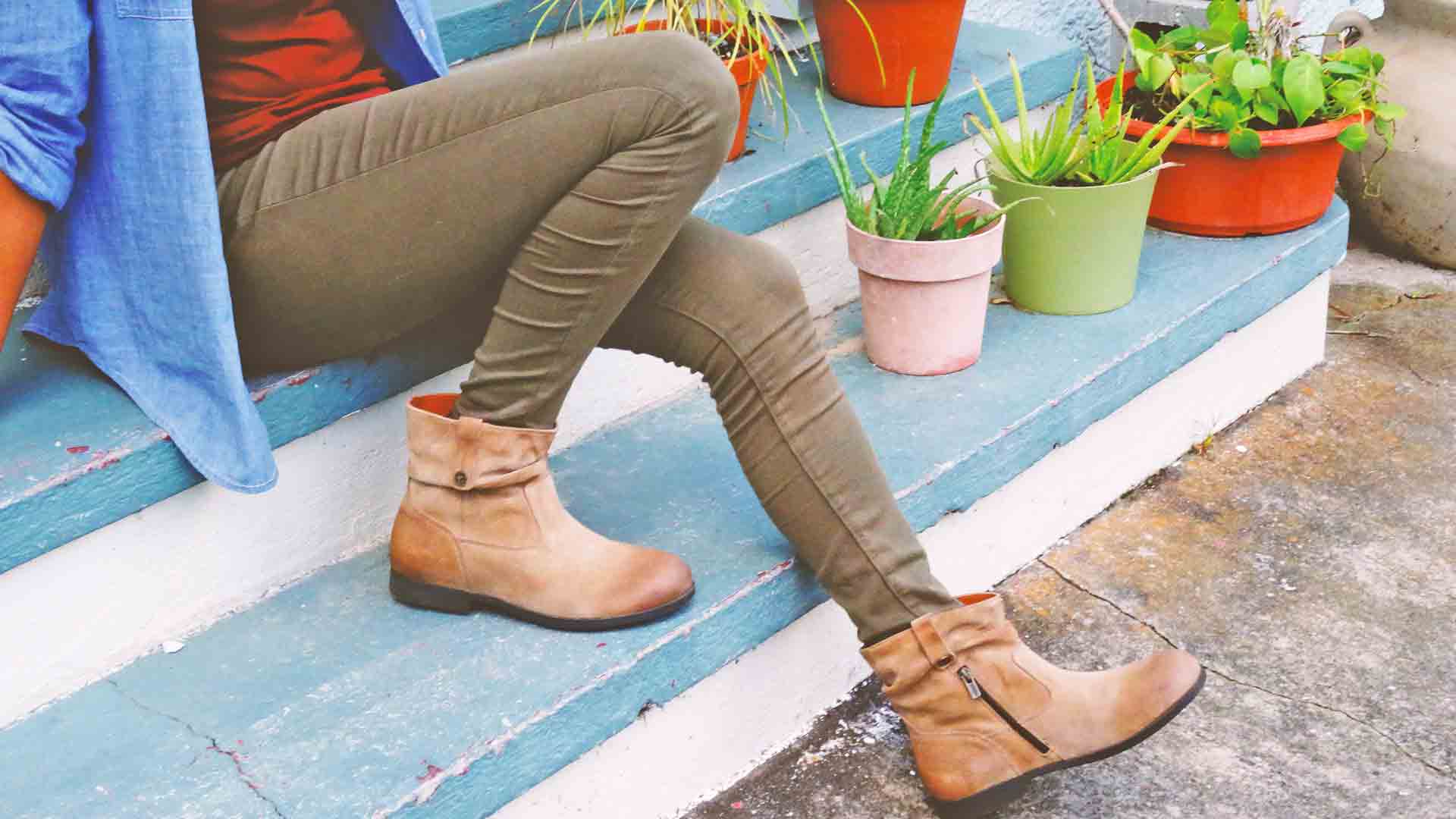Birkenstock v. Papillio v. Alpro v. Birki
Q: What are the differences between the different Birkenstock brands?
A: In the past, Birkenstock has made sub-collections of its sandals, including Betula, Papillio, and Footprints. These brands are all part of the Birkenstock family, and share the same contoured, natural cork and latex footbed design.
The only difference tends to be the material and style chosen for the uppers. For example, Papillio tends to feature fashion-forward, feminine sandals that pop with bright colors and various patterns.
Q: What is the difference between Birkenstock and Betula?
A: Betula was originally licensed by Birkenstock, but is not currently widely distributed in the U.S. While Birkenstock features a mix of leather and fabric uppers, Betula uppers are strictly synthetic. The Betula footbed features the same support that is offered in the classic Birkenstock footbed.
Q: Does Birkenstock still make Yara?
A: Yes, the Yara will make a return in Spring 2017 as a customer favorite.
Q: What is the difference between Birkibuc and leather? Birko-flor and leather?
A: Our non-leather articles feature a cork-latex footbed, an anatomic fit and a moisture transport system to provide you with the same high-level comfort as all our other models.
Birkibuc is made of acrylic and polyamide felt fibers, a material that is lightly buffed to create a textured finish that looks and feels like velvety Nubuck leather. Birkibuc also wipes clean easily with mild soap and water.
Birko-Flor is a skin-friendly, tear-resistant, non-leather material with soft fleece on lower layer. It is made of acrylic and polyamide felt fibers which creates a soft fabric with a smooth leather-like finish. In addition to its versatility, Birko-Flor® is exceptionally durable and easy to take care of.
Q: What is the difference between Birkenstock and Papillio?
A: Papillio sandals are made by Birkenstock, but the design of the uppers is left to the Papillio creative team, who pick up on the latest catwalk trends to give you a range of stylish sandals for every occasion. The footbeds are virtually the same.
Q: Are Birkenstocks good for your feet?
A: According to the Birkenstock: “Our footbed features proper arch support, a deep heel cup, and adequate room in the toe area – all to help distribute weight evenly for the entire foot. The result is improved posture and balance for greater comfort when walking.”
The Birkenstock footbed is made of resilient cork/latex and is shaped to create a healthy walking environment for your feet. Additionally, the cork/latex blend is pliable and reacts to natural body warmth. Therefore, over time, the footbed yields to the characteristics of an individual foot.
Many long-term Birkenstock wearers know that the longer you wear them, the more comfortable they become. The shape of a Birkenstock follows the contours of a healthy foot.
Q: ALPRO-Foam & ALPRO-Cell; What’s the Difference?
| A: With ALPRO®-Foam and ALPRO®-Cell , two seemingly similar materials, whose differences, however, become apparent as soon as you start wearing them. The differences in tread and surface texture, a high heel cut and anatomic footbeds are but a few of the core themes we concentrate on. This way the areas of application of ALPRO®-Foam and ALPRO®-Cell are extremely diversified. During a sailing trip one must be able to rely on slip-resistant and oil-resistant soles while having secure hold within the shoe. For this purpose, styles made of ALPRO®-Foam such as the Super-Birki and Profi-Birki are perfect.
In labs, industrial kitchens, or at hospitals, materials are required that are resistant to most chemicals, oils, and grease. They are also extremely flexible and adaptable, as well as easy (and antiseptic) to clean. In these settings, the use of ALPRO®-Foam products have also been proven successful. |











